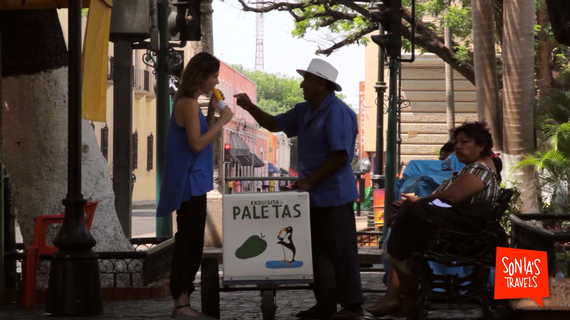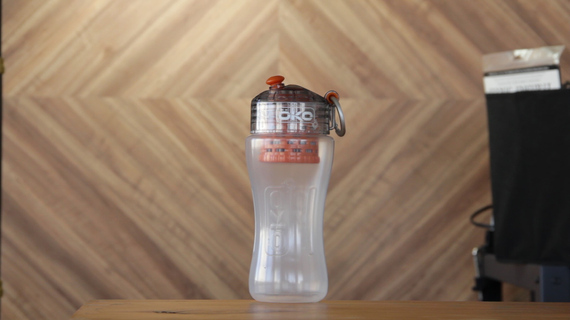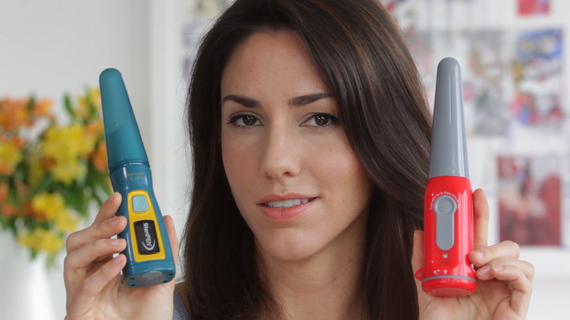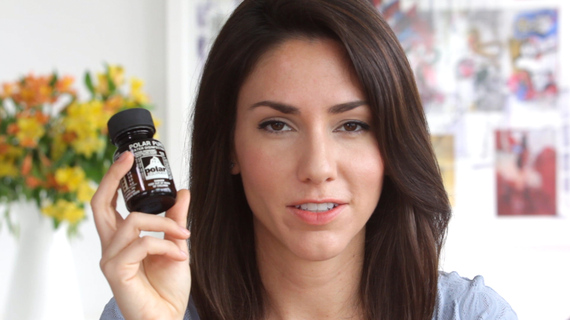There are many things we think about when we travel. Where to stay, what to see, where to eat... But we never really think about water. I mean, why would we?
Here's why: T.D., or traveler's diarrhea, is the most common illness affecting travelers today. Ten million people are affected by T.D. every year, which means that 20-50 percent of international travelers are a possible target.
This is me at the Yucatan Plaza in Valladolid, Mexico having a "raspado" (snow cone).
...and this is me having a tamarind icee.
Delicious! But also a T.D. ticking time bomb. This is something you should never do. I have a stomach of steel.
Water related illnesses are caused by three things: protozoan cysts, viruses and bacteria. The most common form of T.D. comes from the bacterial E. coli.
Who knows, you might be one of the lucky few with a stomach of steel! But having to find out the hard way won't be the best traveling experience. Better safe than sorry!
Tip #1. Only drink bottled water
This means staying away from ice and anything that has been washed with water.
Drinks with ice at a restaurant? Nope.
Lettuce? Nay.
Bananas? Yes.
Something cooked? Go ahead.
Apples? Only if they are peeled.
And so on. Yes, it can get annoying, but it's the best way to get around it.
Tip #2. Filtered Water Bottles
If you don't have access to bottled water, or if you don't trust the water source, you can always use filtered water bottles.
These come in all different shapes and sizes with a variety of different filter options. Plus, it's a more environmentally friendly choice. Bonus points!
All you have to do is fill your water bottle with tap water, and the filter will do the rest.
Two great options are the OKO H2O Advanced Filtration Water Bottle, or the OKO H2O Everyday Water Bottle.
Keep in mind that most filtered water bottles only protect you from bacteria. Anything smaller than that, mainly viruses, will not be filtered.
Tip #3. Water Sterilizers
These:
... are SteriPen water sterilizers (not vibrators!). Their job: to kill anything harmful in your water. This is your best choice when it comes to water safety.
All you have to do fill a cup with clear water, insert the device and stir. It takes 48-60 seconds to sterilize 1 L of water. If you want to sterilize more, you will have to stir longer.
The blue SteriPen is the SteriPen Ultra, the most advanced water sterilizer in the market.
It's USB rechargeable, with one charge lasting you 50 L of water. The device itself lasts approximately 8,000 L. It also has a little screen that tells you everything you have to do. Fool proof.
The red SteriPen is the SteriPen Emergency. It works with batteries (hence the term emergency), and the device will last you 3,000 L.
Both kill the same amount of bacteria.
This is the ideal product to have when you go hiking, when you go somewhere where you can't boil water, or if you don't trust any source of water available to you.
Tip #4. Water Disinfectant Pills
This is the classic solution to dirty water.
Just drop one pill into a glass of water and let it sit for at least 30 minutes. Keep in mind that they are chemical based, so this is not something you want to use everyday. But it is always a good go-to emergency solution to have.
All Pictures Courtesy of Mariana Hellmund





